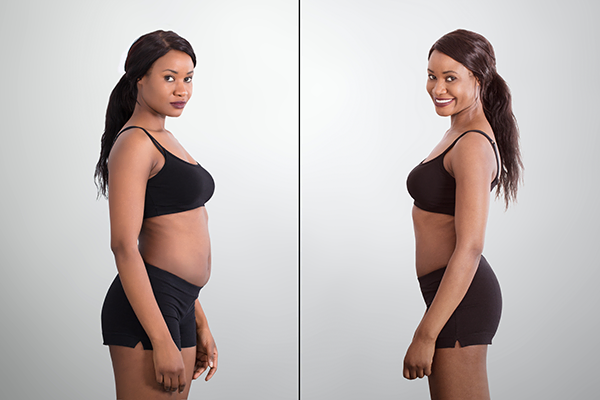What is Tummy Tuck?
A tummy tuck, also called abdominoplasty, is a surgical procedure that removes excess skin, eliminates stubborn fat, and tightens weakened abdominal muscles. The result is a slimmer, contoured waistline and a firmer abdominal wall.
For many patients, this procedure goes beyond appearance. It brings relief from discomfort caused by skin folds, helps clothes fit better, and restores confidence in daily life.
Who is the right candidate?
You may be a good candidate for a tummy tuck if:
You have loose or sagging abdominal skin.
Your abdominal muscles have stretched or separated after pregnancy.
You have persistent folds of skin after significant weight loss.
You are in good health, a non-smoker, and at a stable weight.
A consultation allows our surgeons to review your health, goals, and anatomy to confirm whether a tummy tuck is right for you.
Different tummy tuck techniques
Not every patient requires the same approach. Depending on your anatomy and goals, your surgeon may recommend:
Mini tummy tuck – targets mild skin laxity below the belly button.
Full tummy tuck – removes excess skin and tightens muscles across the whole abdomen.
Extended tummy tuck – designed for patients with significant excess skin, often after major weight loss.
How the procedure works
Every tummy tuck at AJ Plastic Surgery Centre is carefully planned and carried out in several stages:
Consultation and planning – a detailed review of your medical history, anatomy, and goals.
Anaesthesia – administered to ensure full comfort during the procedure.
Incision and tightening – strategic incisions allow tightening of the abdominal muscles and removal of loose skin.
Reshaping and closure – the abdomen is recontoured and incisions closed with precision to reduce scarring.
Initial recovery – patients are monitored closely to ensure safety as the healing process begins.
Recovery and aftercare
Healing is gradual and requires careful attention:
- First week: swelling, tightness, and limited movement are normal. Rest is essential.
- Weeks 2–4: light activity resumes, discomfort eases, and results begin to show.
- After 6 weeks: most patients return to normal routines with a firmer, flatter abdomen.
Following post-operative instructions — including wearing compression garments and attending follow-ups — is crucial for a safe recovery and lasting results.
